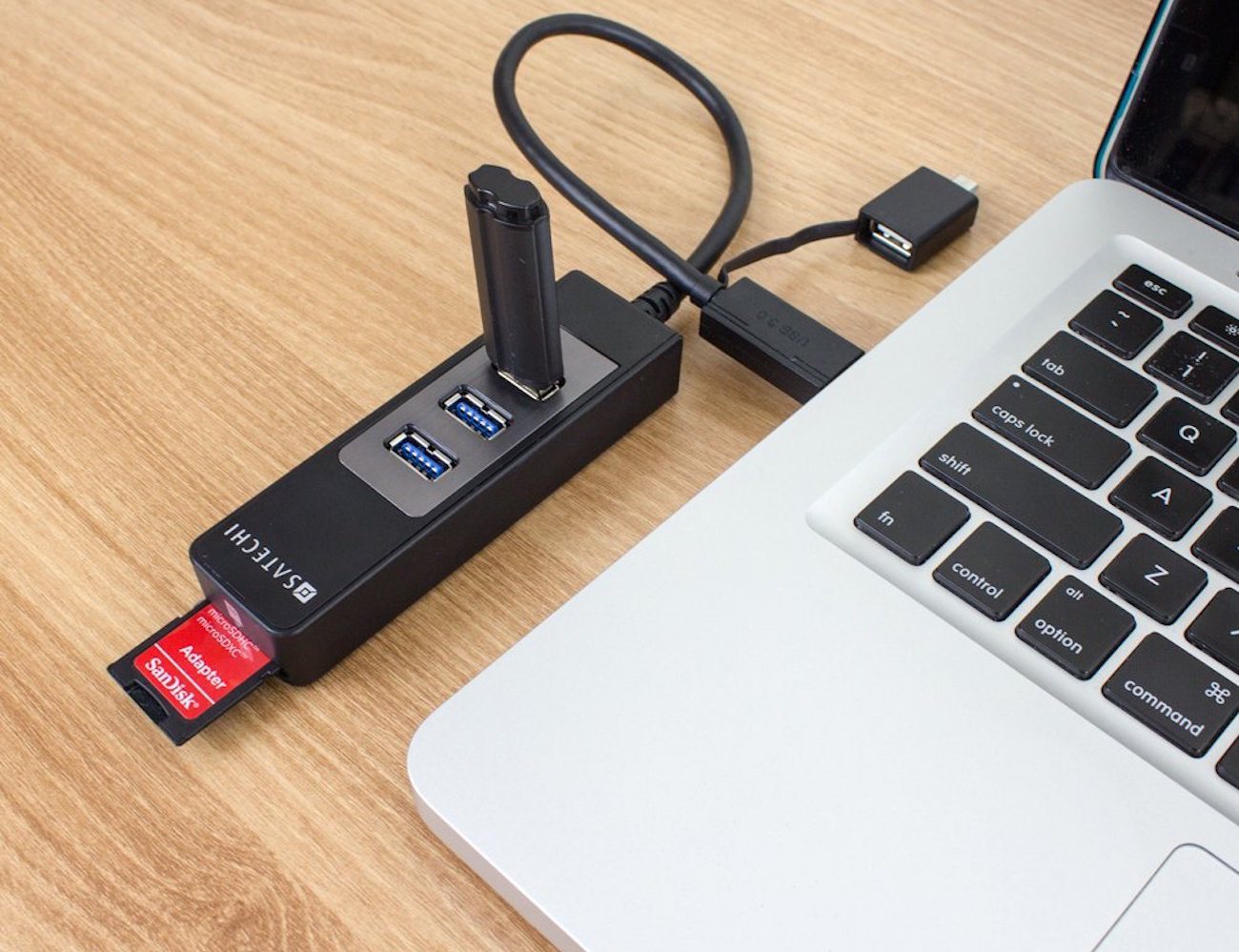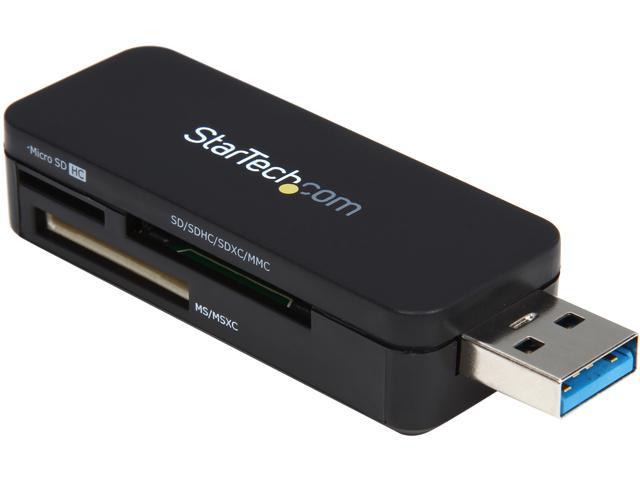


A difference of about 7% from the two extremes. The Kingston is the fastest at 90MB/s, while the Transcend peaks at 88MB/s, and the Anker tops out at 84MB/s. The results with the Lexar 633x MicroSD card shows that not all readers are made equal. The performance was nearly identical for all 3 readers with a small advantage to the Kingston in blocksizes below 64KB. The SanDisk Extreme has a maximum read speed of around 72MB by all the readers. Two SD cards (SanDisk Extreme and Extreme Pro) and one MicroSD card (Lexar 633x) were used in testing these SD card readers. The only thing it is missing is an activity light.

The Kingston is a few dollars more and seems to be nearly perfect in that it has support for simultaneous use of both SD and MicroSD slots as well as providing “future-proofing” by supporting the relatively new UHS-II bus. The Anker is priced a couple dollars more, but can read and write from both the SD and MicroSD card slots simultaneously (each slot appears on the computer as a separate drive.) It also lacks support for UHS-II bus, but has a red activity light. (The Anker and Kingston are both much wider and are highly likely to block adjacent USB ports.) It’s also narrow enough that it is unlikely to block adjacent USB ports. On the plus side, it does have a soft, blue activity light on it. (Sometimes it can be had for as low as $5.) It also seemingly has the least going for it with no simultaneous support for both slots nor support for the relatively new Ultra High Speed 2 (UHS-II) bus. The Transcend is the cheapest at $7 for black and $8.50 for white. Kingston MobileLite G4 USB 3.0 SD card reader (FCR-MLG4) Transcend USB 3.0 SD card reader (TS-RDF5K)Īnker Uspeed USB 3.0 SD card reader (68UNMCRD-B2U) To get started, here’s a table covering all the basic features of each model: Choosing which one will come down to personal preference, mostly. Surprisingly, each SD reader had its own advantages and disadvantages with no clear winner. Three USB 3.0 SD card readers were picked from the pile (all around $10), put under the microscope, and then a bunch of SD cards were thrown at them to see what happened. But how do you really know what you’re getting? The average review isn’t all that comprehensive. Some as cheap as $5, others are more expensive costing $10 and $15. Looking on reveals a whole mess of USB 3.0 SD card readers.

So how to choose which SD card reader for getting pictures and videos off our cameras? After reviewing the whole SanDisk SD card line-up recently, it seems obvious that we all need to move more and more data around, faster and faster.


 0 kommentar(er)
0 kommentar(er)
